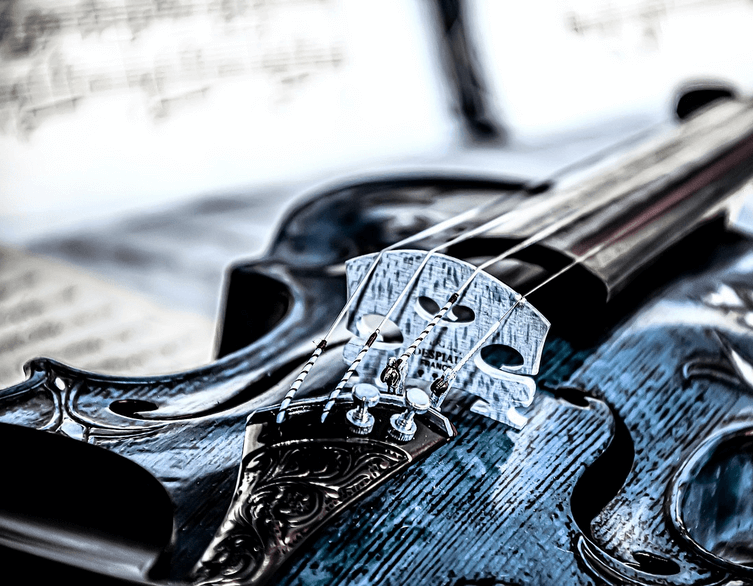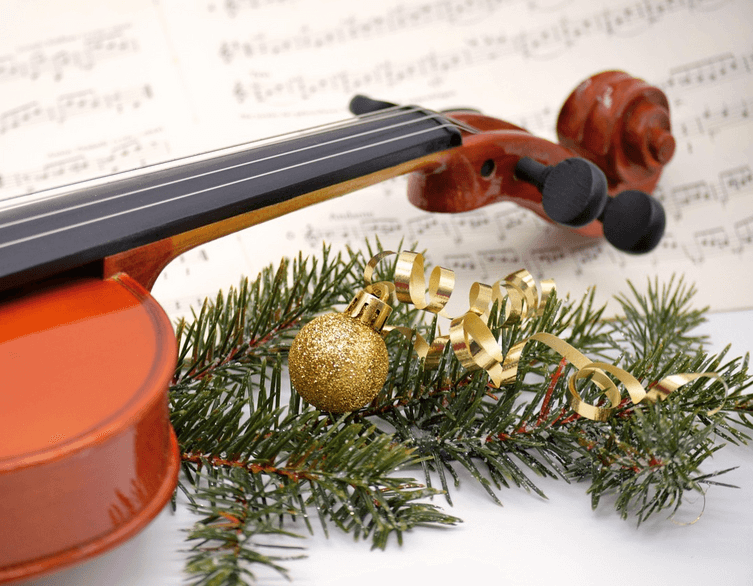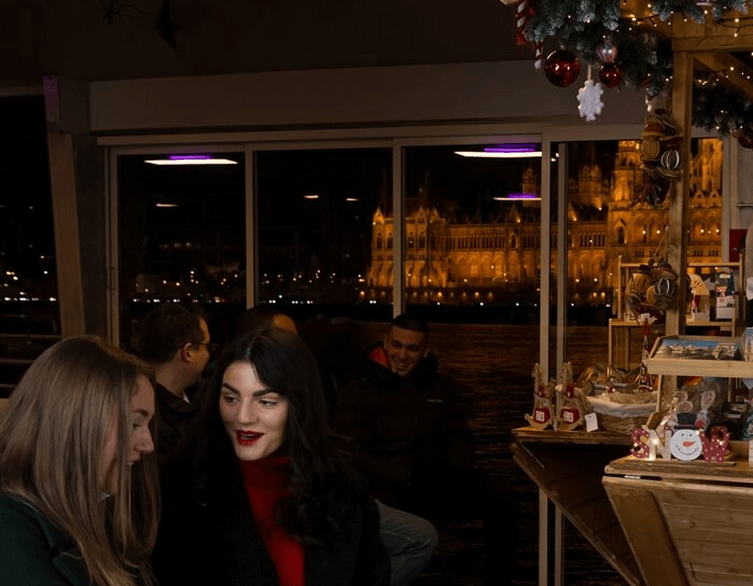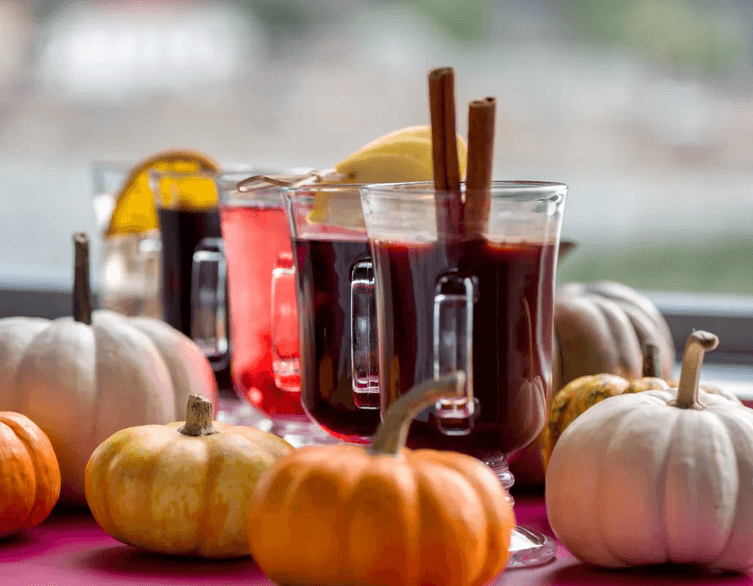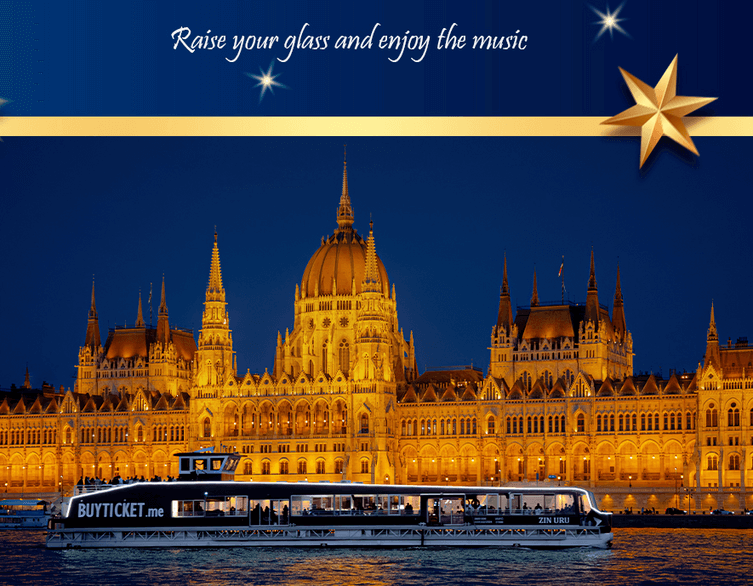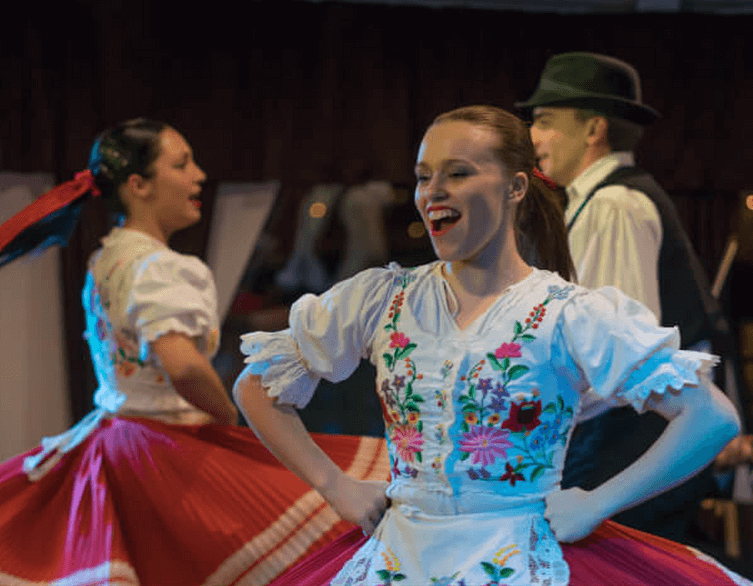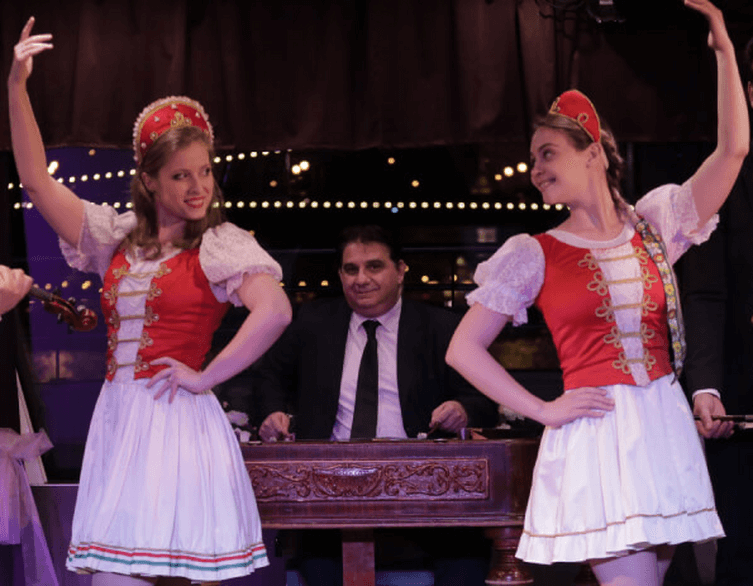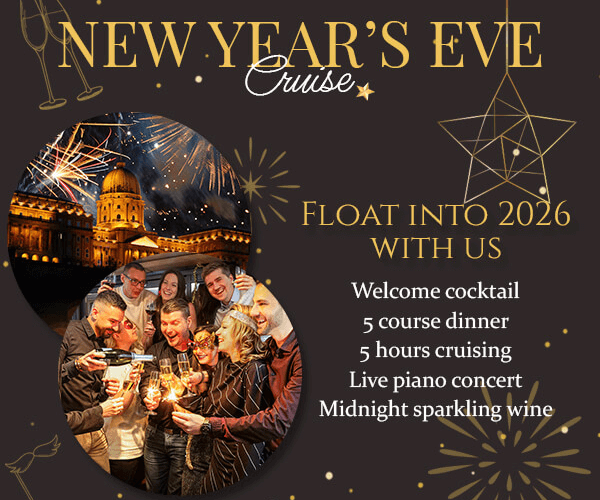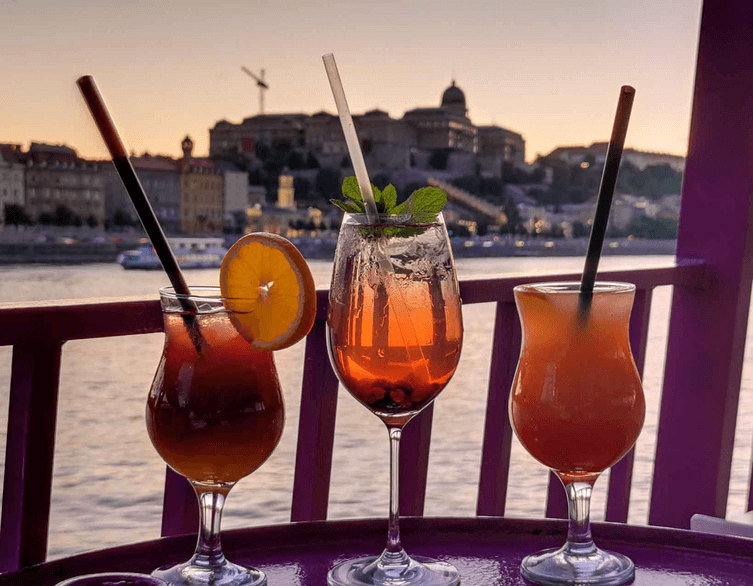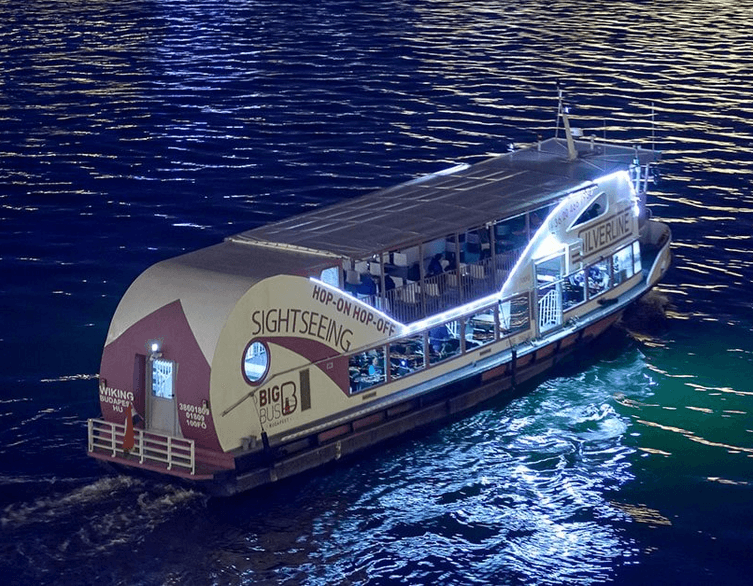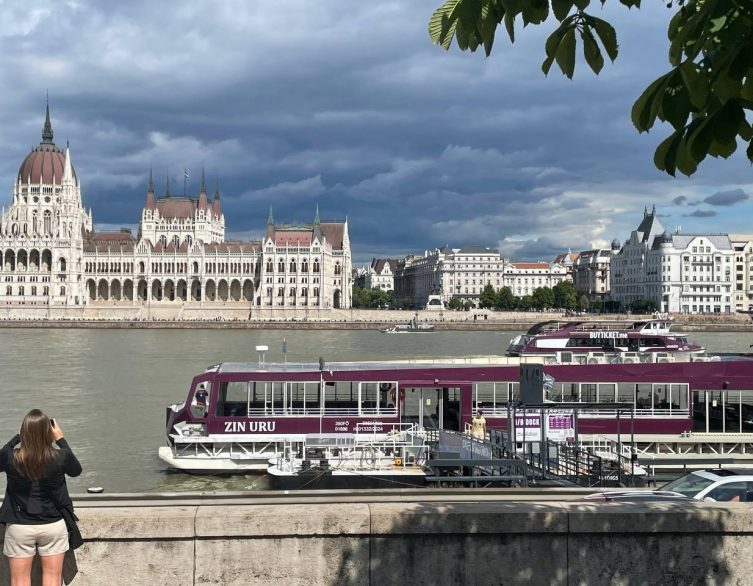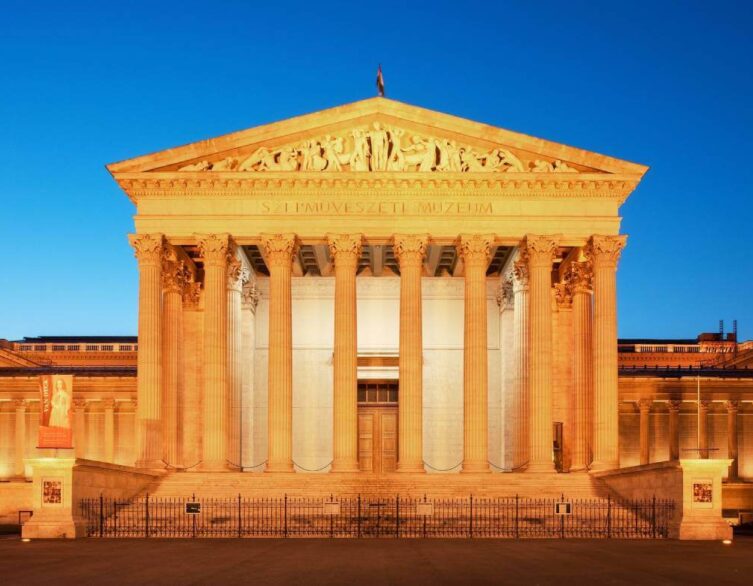William Blake: Marriage of Heaven and Hell – A Revolutionary Art Exhibition in Budapest
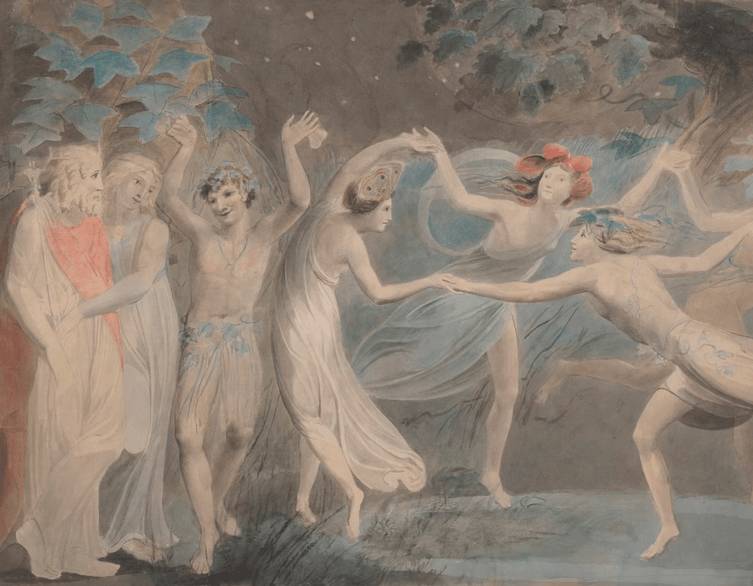
The Museum of Fine Arts in Budapest presents an extraordinary opportunity for international visitors to encounter one of Britain’s most visionary artists in William Blake: Marriage of Heaven and Hell, running from September 26, 2025, through January 11, 2026. This groundbreaking exhibition marks the first major display of Blake’s visual artworks in Hungary, offering an unprecedented glimpse into the mind of a revolutionary poet-artist whose influence continues to inspire contemporary culture.
Essential Exhibition Information
Exhibition Title: William Blake: Marriage of Heaven and Hell
Duration: September 26, 2025 – January 11, 2026
Location: Museum of Fine Arts Budapest, Ground Floor Temporary Exhibition Space
Address: Dózsa György út 41, 1146 Budapest
Collaboration: Partnership with London’s Tate Museum
Featured Period: British Romanticism (late 18th – early 19th century)
Key Artists: William Blake, Henry Fuseli, Benjamin West, John Hamilton Mortimer, J.M.W. Turner, James Barry, Samuel Palmer
Languages: Exhibition materials and audio guides available in English
Recommended Booking: Advanced tickets suggested for weekends and holidays
Access: Metro Line 1 to Hősök tere (Heroes’ Square), multiple bus routes available
Discovering William Blake: The Misunderstood Genius
William Blake (1757-1827) represents the quintessential Romantic artist – a lonely genius whose radical vision remained largely unappreciated during his lifetime. Working from his London studio as a professional engraver, Blake spent countless late nights developing innovative printmaking and painting techniques while creating artworks that merged his deeply held political beliefs, spiritual convictions, and personal struggles into extraordinary visual poetry.
Blake considered himself a prophet whose art and poetry served as bridges between the spiritual and tangible worlds. His unique perspective emerged from a tumultuous historical period when Britain faced the humiliating defeat in the American Revolutionary War, the world-shaking impact of the French and Haitian revolutions, prolonged conflicts with France, domestic political and social unrest, and rapid technological and industrial development.
The Marriage of Heaven and Hell: Exploring Blake’s Masterpiece
The exhibition takes its title from one of Blake’s most famous illuminated manuscripts, where he explored the dynamic tension between opposing forces – reason and imagination, good and evil, heaven and hell. This philosophical framework permeates Blake’s entire artistic output, reflecting his belief that progress and creativity emerge from the marriage of contraries rather than the dominance of one perspective over another.
Best deals of Budapest
Blake’s visual interpretation of this concept revolutionized both printmaking techniques and artistic subject matter. His innovative relief etching process allowed him to combine text and imagery in unprecedented ways, creating works that function simultaneously as visual art and literary expression.
Artistic Context and Contemporary Influences
The Romantic Movement in Britain
The exhibition places Blake’s work within the broader context of British Romanticism, a movement that emphasized emotion and irrationality over the rational thought that had dominated the previous century. Many contemporary British artists shared Blake’s fascination with subjective themes and searched for spiritual renewal and alternative paths forward in response to their rapidly changing world.
Featured Contemporary Artists
Visitors will encounter works by the artists who most significantly influenced Blake’s development, including Henry Fuseli, whose dramatic supernatural scenes inspired Blake’s own visionary compositions. Benjamin West’s historical paintings and John Hamilton Mortimer’s expressive character studies demonstrate the artistic environment that shaped Blake’s unique approach to visual storytelling.
The exhibition also features works by J.M.W. Turner, whose revolutionary approach to light and atmosphere paralleled Blake’s own innovations in capturing the ineffable through visual art. Additional displays include pieces by James Barry, whose ambitious allegorical works influenced Blake’s own attempts to create comprehensive mythological systems through art.
International Impact and Hungarian Connections
The exhibition extends beyond Blake’s immediate British context to explore his lasting influence on international literature and visual culture. Hungarian visitors will discover how Blake’s revolutionary ideas influenced prominent Hungarian writers including Antal Szerb and Lőrinc Szabó, demonstrating how Romantic ideals crossed national boundaries to inspire creative minds across Europe.
This international perspective highlights Blake’s role not merely as a British artist but as a universal figure whose exploration of spiritual, political, and artistic freedom resonated with creative individuals worldwide. The exhibition shows how Blake’s combination of radical politics, mystical spirituality, and artistic innovation created a template for the modern artist as cultural critic and visionary.
Curatorial Collaboration with London’s Tate Museum
This exceptional presentation results from collaboration between Budapest’s Museum of Fine Arts and London’s Tate Museum, ensuring that Hungarian audiences experience Blake’s work through the highest standards of international museum practice. The Tate’s extensive Blake collection provides the foundation for this comprehensive survey, featuring many works rarely seen outside London.
The partnership brings together scholarly expertise from both institutions, resulting in exhibition materials and interpretive resources that make Blake’s complex symbolism and innovative techniques accessible to international audiences. This collaboration represents a significant cultural exchange that strengthens ties between Hungarian and British cultural institutions.
Exhibition Highlights and Must-See Works
Illuminated Manuscripts
The exhibition features original examples of Blake’s revolutionary illuminated books, where he combined poetry and visual imagery through his unique relief etching process. These works demonstrate how Blake reinvented the relationship between text and image, creating artistic objects that function as complete sensory experiences.
Visionary Paintings
Blake’s large-scale tempera paintings reveal his ambitious attempts to visualize spiritual and mythological subjects through his personal artistic vocabulary. These works showcase his distinctive approach to human form and his unique color palette, which emphasized symbolic meaning over naturalistic representation.
Influence on Samuel Palmer and the Ancients
The exhibition traces Blake’s influence on younger artists, particularly Samuel Palmer and the group known as the Ancients, who adopted Blake’s vision of art as spiritual practice and developed his ideas in new directions during the 1820s and 1830s.
Practical Information for International Visitors
The William Blake exhibition occupies the Museum of Fine Arts’ ground floor temporary exhibition space, providing ample room for the comprehensive display of artworks and contextual materials. The museum’s location near Heroes’ Square makes it easily accessible via Budapest’s efficient public transportation system.
Advanced ticket booking is recommended, particularly for weekend visits and during the holiday season when Budapest attracts numerous cultural tourists. The exhibition provides English-language materials and audio guides, ensuring that international visitors can fully appreciate Blake’s complex artistic and literary innovations.
The exhibition’s January 2026 closing date allows visitors to experience Blake’s visionary art during Budapest’s atmospheric winter months, when the city’s historic architecture creates an appropriate backdrop for contemplating the Romantic movement’s revolutionary impact on European culture.
This rare opportunity to encounter William Blake’s groundbreaking artworks in Central Europe represents a significant cultural event that positions Budapest as a major destination for international art lovers seeking transformative aesthetic experiences.
Related attractions
Related news

